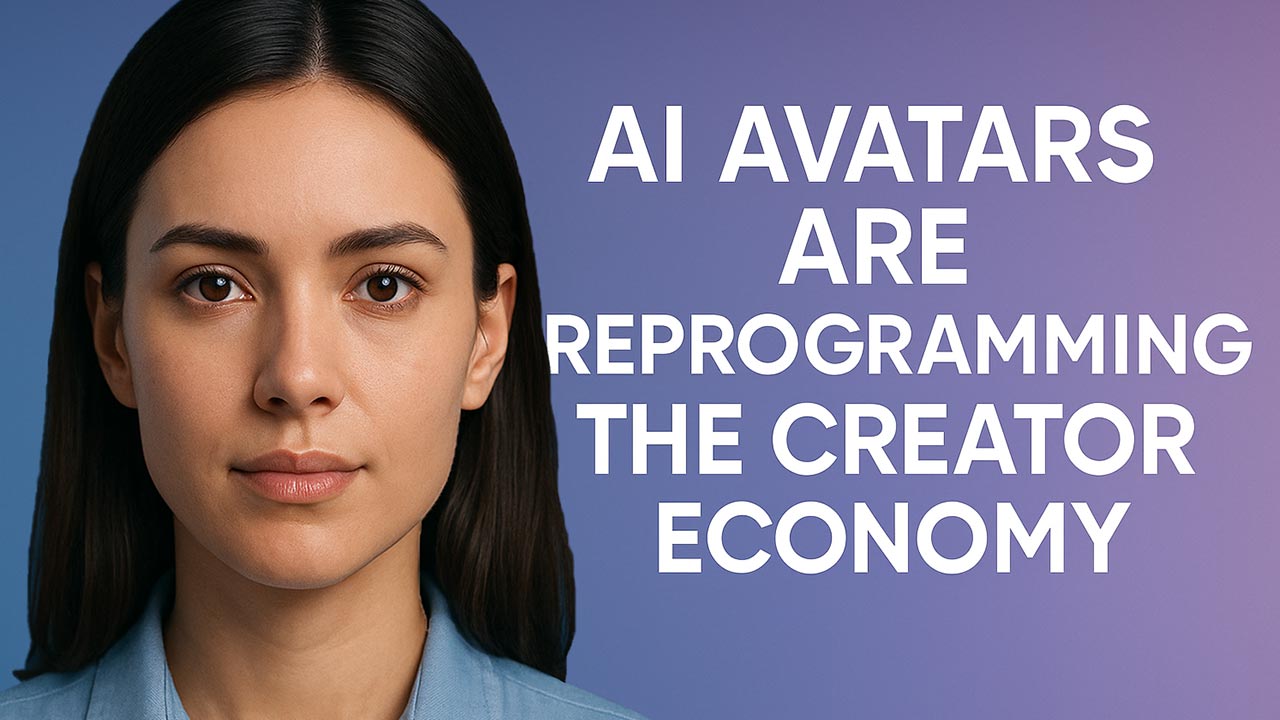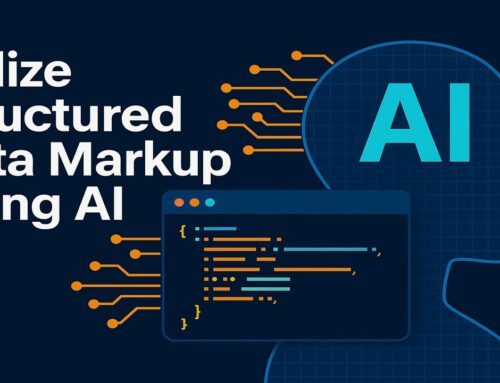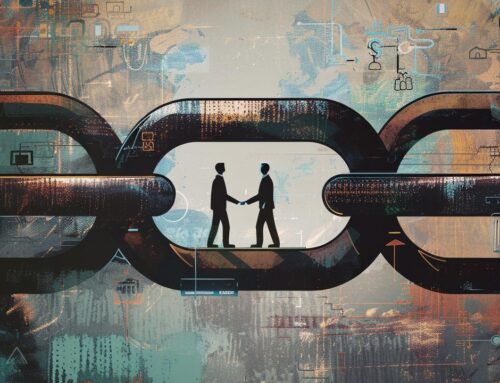AI Avatars Are Reprogramming the Creator Economy
Human influencers are rapidly being outpaced by hyper-realistic AI avatars. What once took entire teams now requires just a few clicks. This article explores the AI avatar revolution, the technologies leading the charge, and what it means for the future of digital content.
Table of Contents
- Introduction
- The Rise of AI Avatars
- Game-Changing Platforms Leading the Charge
- Impact on Influencer Marketing
- Future Implications Beyond Social Media
- Top 5 Frequently Asked Questions
- Final Thoughts
- Resources
Introduction
The digital world is undergoing a seismic shift. Hyper-realistic AI avatars are replacing traditional human influencers at a breakneck pace. Today, creating compelling online personas no longer demands a crew of videographers, makeup artists, or even a physical human. With a few clicks, a photorealistic AI-generated figure can charm audiences, deliver content in over 30 languages, and never need a coffee break.
The Rise of AI Avatars
What seemed like a distant future has arrived almost overnight. The line between AI-generated content and real human performances has blurred so much that most viewers can’t tell the difference. Across platforms like YouTube, TikTok, and Instagram, AI avatars are already gaining massive traction—often without audiences realizing they aren’t interacting with a real person.
This disruption is powered by remarkable technological innovations that create digital twins capable of expressing emotions, speaking multiple languages, and even engaging audiences live.
| Rank | Platform | Popularity Score (1-10) | Notes |
|---|---|---|---|
| 1 | Synthesia | 10 | Most dominant in corporate, marketing, and education industries. |
| 2 | HeyGen | 9 | Strong in multilingual content and personal avatar creation. |
| 3 | D-ID | 8.5 | Highly popular for customer service, marketing, and deepfake innovations. |
| 4 | DeepBrain AI | 8 | Corporate-grade avatars, used by major enterprises for virtual anchors and agents. |
| 5 | Dreamina | 7.5 | Gaining fast popularity due to OmniHuman model, top-tier animation quality. |
| 6 | Ready Player Me | 7.5 | Big in gaming and VR spaces, growing into social media and Web3. |
| 7 | Akool | 6.5 | Real-time live avatars are innovative but still niche. |
| 8 | Hedra | 6 | Viral success (Baby Podcasters) but still relatively specialized. |
| 9 | LemonSlice | 5.5 | Great expressive character creation, but lesser-known compared to giants. |
| 10 | (Others/Smaller Players) | 5 and below | Many emerging startups, but no major impact yet. |
Game-Changing Platforms Leading the Charge
Synthesia
Synthesia is one of the industry’s frontrunners, allowing users to create AI-generated videos using avatars that support over 120 languages. Highly popular in corporate settings for training and marketing videos.
HeyGen
HeyGen has built a powerful platform that produces digital clones almost indistinguishable from real humans. With customizable facial expressions, outfits, and multilingual capabilities, HeyGen avatars can engage audiences 24/7—no human oversight needed.
D-ID
D-ID specializes in text-to-video creation, converting written content into engaging videos featuring AI avatars with human-like facial expressions.
DeepBrain AI
DeepBrain AI focuses on producing ultra-realistic avatars used in broadcasting, finance, and education sectors. Their technology is widely used for AI news anchors and virtual service agents.
Dreamina
Dreamina, built on the OmniHuman model, takes a single photo and breathes life into it with AI-driven lip-syncing animations. It is arguably the most advanced AI avatar platform available, transforming static images into endlessly variable digital performers.
Ready Player Me
Ready Player Me offers a 3D avatar platform primarily targeting VR, gaming, and metaverse environments. It is highly favored for cross-platform integrations and personal avatar creation.
Akool
Akool delivers real-time streaming avatars that simulate live interaction even when the real person is offline. By maintaining a virtual presence 24/7, brands and personalities can expand their reach and engagement without physical limitations.
Hedra
Hedra sparked the “Baby Podcaster” phenomenon. Its Character-3 technology creates astonishingly lifelike infant avatars discussing complex topics like quantum mechanics and cryptocurrency, adding a bizarre and viral twist to podcasting culture.
LemonSlice
LemonSlice streamlines video production by generating expressive talking characters that mirror natural human facial movements. What once took days to shoot and edit now happens in minutes, opening new creative possibilities for content creators.
Impact on Influencer Marketing
The influencer industry, once reliant on authentic human charisma, is being fundamentally rewritten. AI avatars offer reliability, cost-efficiency, and unlimited scalability. Brands now have the option to create perfect, tireless spokespersons who never age, complain, or demand higher fees.
Traditional influencers face steep competition, especially as AI personas can be fine-tuned for maximum engagement through behavioral analytics and machine learning insights. As a result, the very concept of “authenticity” in influencer marketing is being redefined.
Future Implications Beyond Social Media
The influence of AI avatars is not confined to entertainment. Soon, we will see:
- Television news anchors: AI avatars delivering news around the clock with flawless consistency.
- Customer service agents: Lifelike digital representatives handling queries in real-time.
- Corporate training: Virtual trainers customized for different audiences and learning styles.
Industries that rely heavily on human presence and communication are poised for massive transformation.
Top 5 Frequently Asked Questions
Final Thoughts
The most important takeaway from this evolution is clear: we are entering an era where digital identity will be as critical as physical identity. AI avatars are not just novelty acts—they are reshaping marketing, media, and communication at a structural level. Companies, creators, and audiences must adapt quickly to a world where the boundary between “real” and “virtual” is all but erased.









Leave A Comment